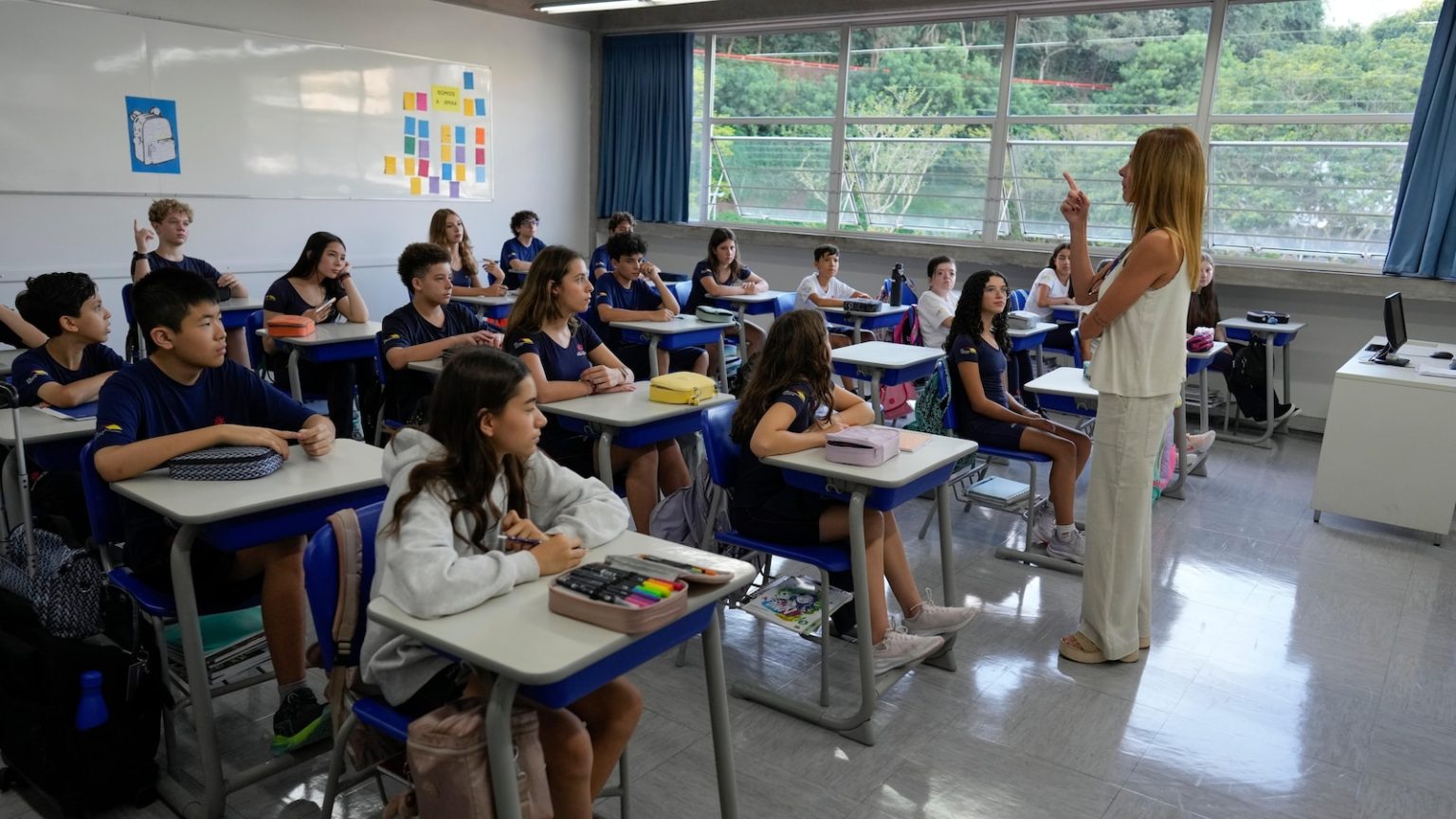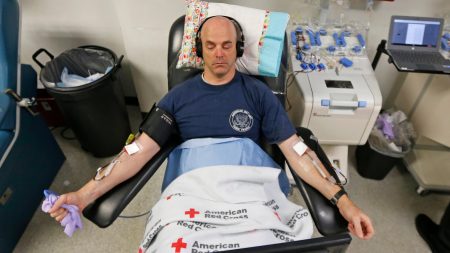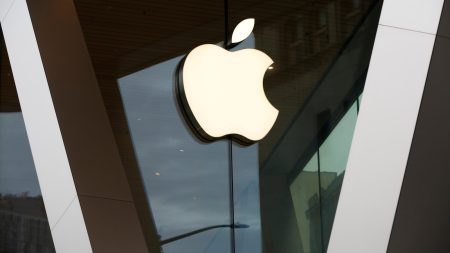A New Era for Brazilian Schools: Smartphones Banned in Classrooms
Brazilian students have begun a new chapter in their academic lives as a federal law restricting the use of smartphones in schools went into effect this week. Signed into law by President Luiz Inácio Lula da Silva in January, the measure follows a growing global trend to limit smartphone access in educational settings. The law applies to both public and private schools, covering classrooms and hallways, though exceptions are made for educational purposes, accessibility, and health-related needs. While schools can establish their own guidelines—such as allowing phones to be stored in backpacks, lockers, or designated baskets—the broader aim is to reduce distractions and foster a more focused learning environment.
A Long Time Coming: Brazil’s Path to Smartphone Restrictions
The federal law builds on earlier efforts by individual states to regulate smartphone use in schools. Prior to its implementation, nearly two-thirds of Brazilian schools already had some form of restrictions in place, with 28% banning smartphones entirely, according to a 2023 survey by the Brazilian Internet Steering Committee. States like Rio de Janeiro, Maranhão, and Goiás had pioneered these measures, reflecting widespread concern about the impact of smartphones on student well-being and academic performance. However, the lack of uniform enforcement and varying rules across regions highlighted the need for a cohesive national policy.
The support for the federal law transcended political divides, with both allies of President Lula and supporters of former President Jair Bolsonaro backing the measure. A 2023 survey by the Brazilian pollster Datafolha revealed that nearly two-thirds of respondents favored banning smartphone use by children and teenagers in schools. Over 75% of those polled believed that smartphones were doing more harm than good, especially when it came to their children’s mental and emotional development.
Real-World Impact: Schools Leading the Charge
The shift to stricter smartphone policies in Brazil is not just about compliance with federal law—it’s also about fostering meaningful change in schools. Porto Seguro, a 150-year-old private school in São Paulo, serves as a prime example of this transformation. Last year, the school banned smartphones in classrooms and encouraged students to disconnect completely once a week. This year, it extended the ban to hallways, requiring students to keep their phones in lockers for the entire school day, including breaks.
According to Meire Nocito, the school’s principal, the move has had a significant impact on both academic focus and social dynamics. “Students were having trouble concentrating,” she explained. “There was also the issue of social isolation. Many students who used technology excessively would isolate themselves during breaks, interacting only through social media.” Since the ban, Nocito has observed a positive shift, with students engaging more deeply in face-to-face interactions and learning to navigate conflicts—a crucial life skill often lost in the digital age.
Brazil’s Digital Landscape: A Nation Hooked on Screens
The push to limit smartphone use in schools is set against the backdrop of Brazil’s remarkable digital adoption. With 258 million smartphones for a population of 203 million, Brazil has more devices than people, according to a report by Fundação Getulio Vargas. Brazilians also spend an average of 9 hours and 13 minutes per day on screens, one of the highest rates globally. This widespread reliance on technology has raised concerns among educators, policymakers, and parents, who point to its association with issues such as bullying, anxiety, and declining concentration levels.
The Brazilian Ministry of Education has framed the smartphone ban as a measure to protect students’ mental and physical health while promoting “a more rational use of technology.” This approach aligns with global efforts to tackle the challenges posed by excessive screen time. In China, for instance, measures have been introduced to limit children’s smartphone use, while France has banned smartphones in schools for children aged six to 15.
A Global Movement: Schools Reclaiming Focus
Brazil is not alone in its efforts to curb smartphone use in schools. Across the United States, eight states have passed laws or policies restricting cellphone access to minimize distractions and improve focus. In Europe, a growing number of parents are advocating for stricter limits on smartphone use, citing evidence that it can jeopardize children’s safety and mental health.
These initiatives are supported by global institutions like UNESCO, which reported that one in four countries has already restricted smartphone use in schools. Meanwhile, tech giants like Meta (formerly Facebook) are under increasing pressure to address the risks of social media for young users. Mark Zuckerberg, Meta’s CEO, has acknowledged these concerns and pledged to invest in efforts to protect children.
Students Speak Out: The Human Side of the Ban
For students like Mariana Waetge, a 13-year-old at Porto Seguro, the smartphone ban has been a life-changing experience. Mariana, who has owned a smartphone since she was eight, used the device to communicate with friends and family and to find entertainment on social media. However, being forced to stay away from her phone has helped her discover new ways to interact with her peers and even strengthened her relationship with her family.
Mariana has also noticed a positive change in school dynamics. “The restriction has helped include people who didn’t have many friends and would use their phones to hide,” she explained. “Now they don’t have that option anymore. These people end up playing board games or reading books.” Her story highlights the broader societal benefits of reducing smartphone use, from fostering social connections to encouraging creative and intellectual growth.
As Brazil continues to navigate this new era of smartphone restrictions, one thing is clear: the country is taking bold steps to reclaim its schools as spaces for learning, connection, and growth—in a world increasingly dominated by screens.















